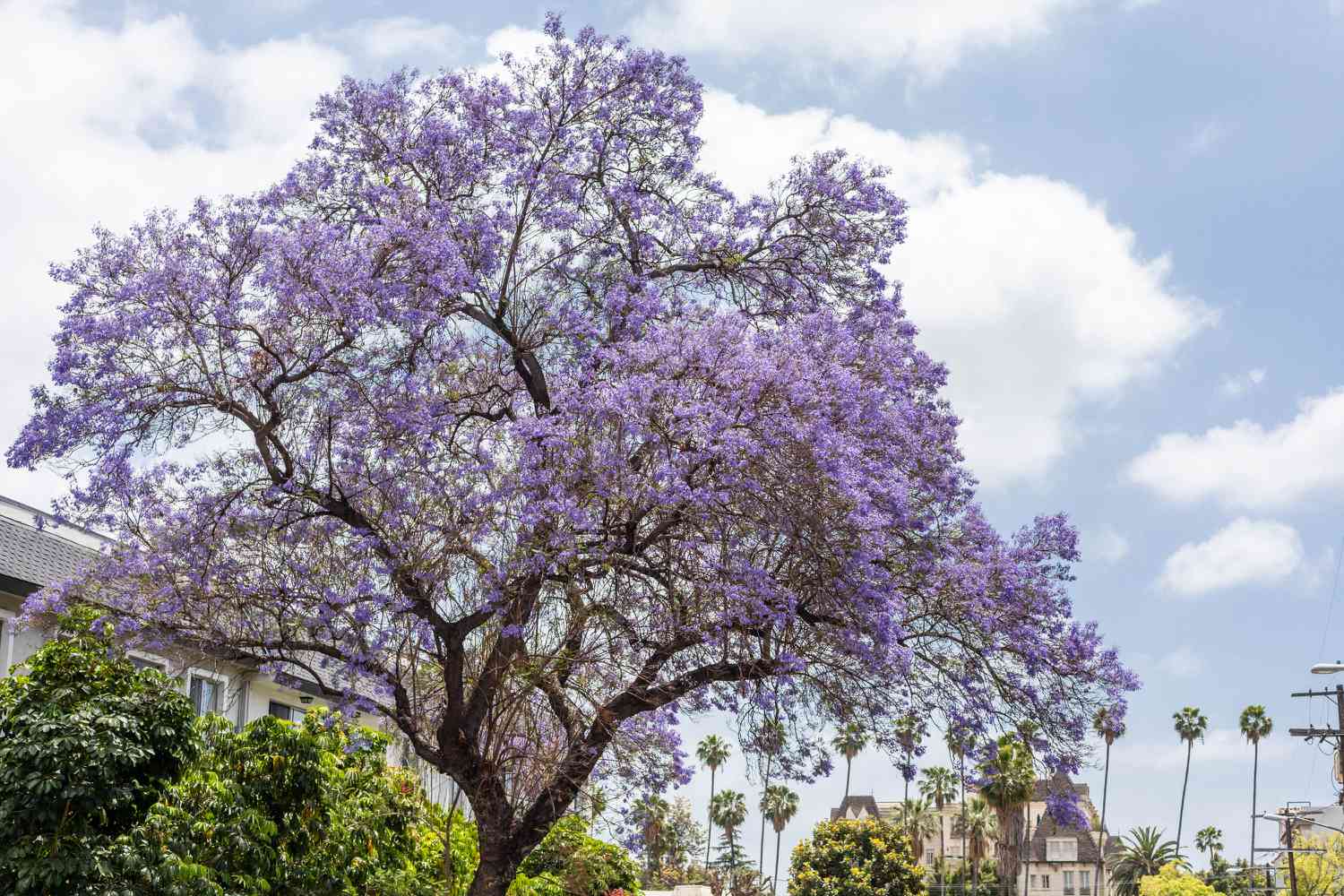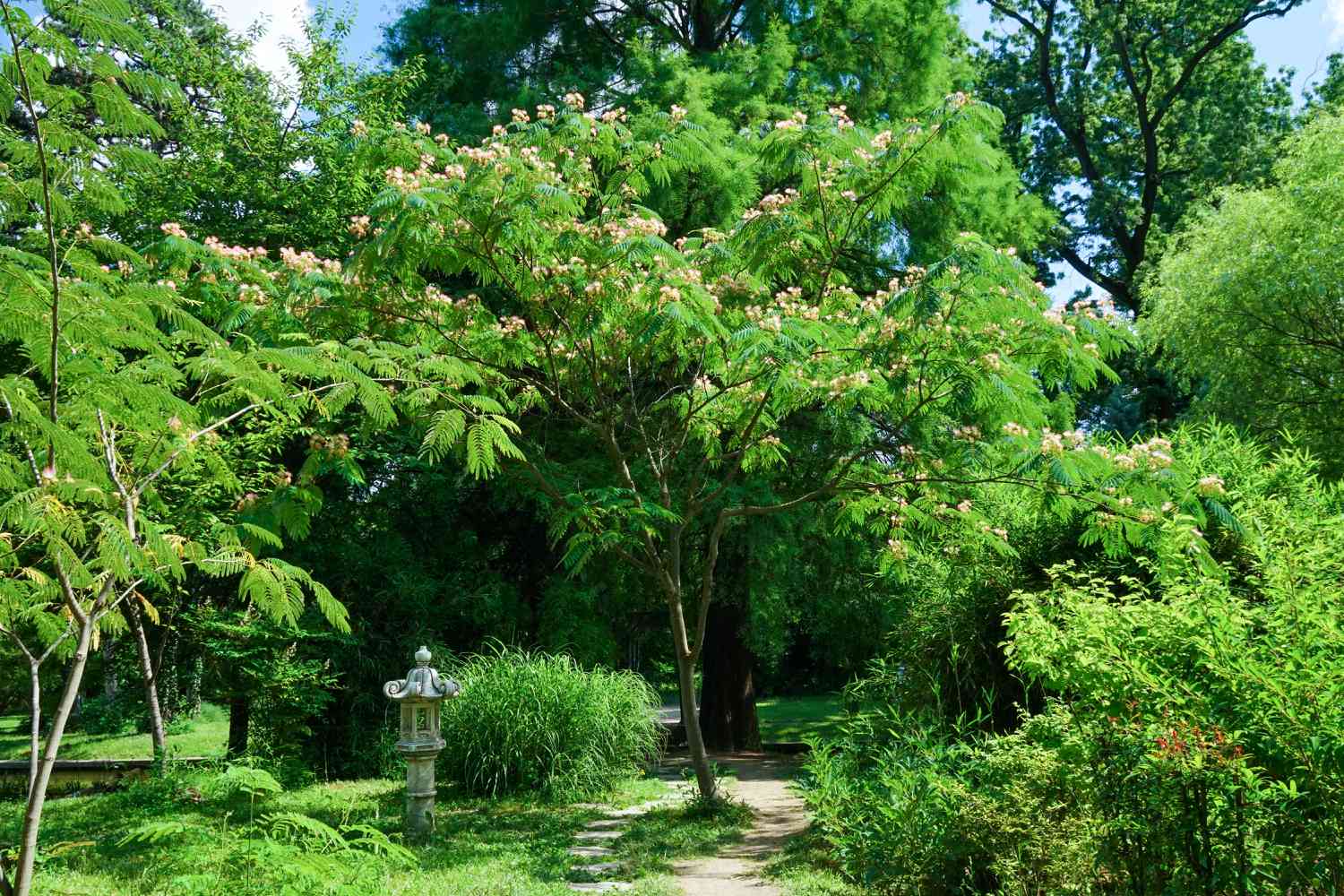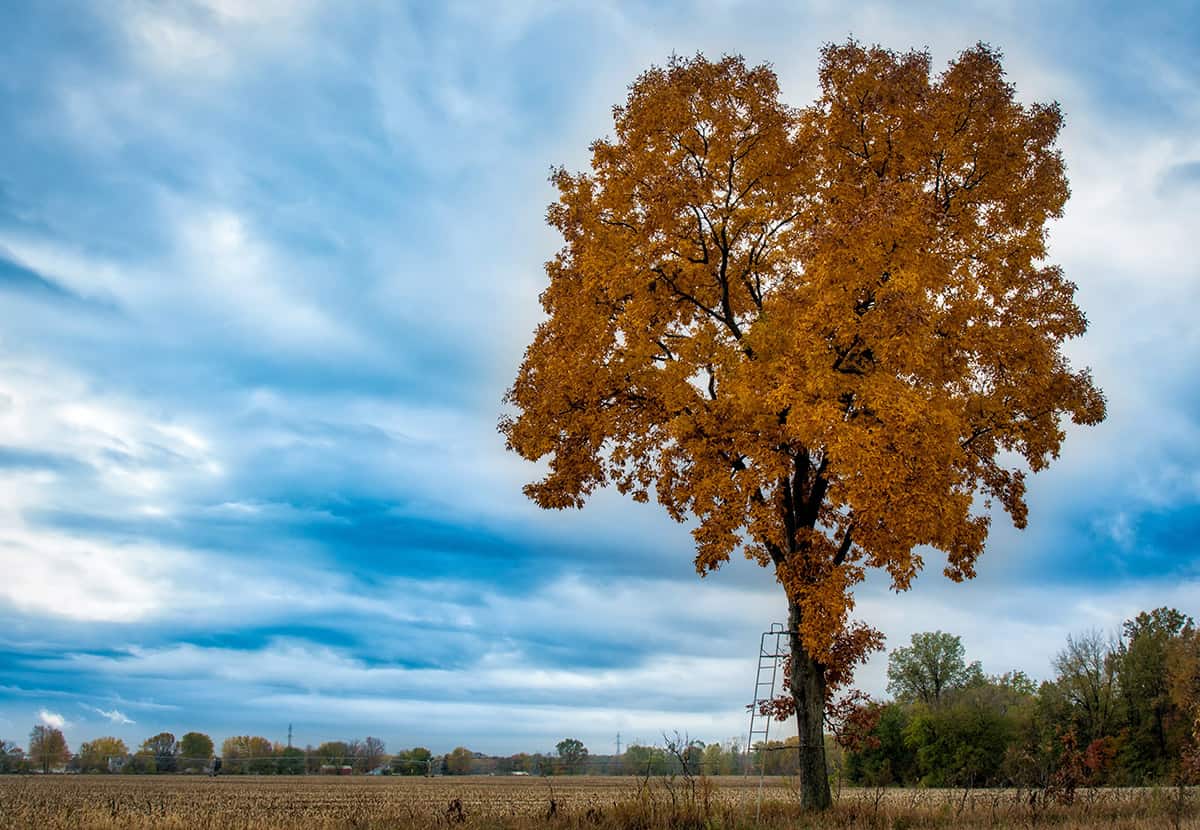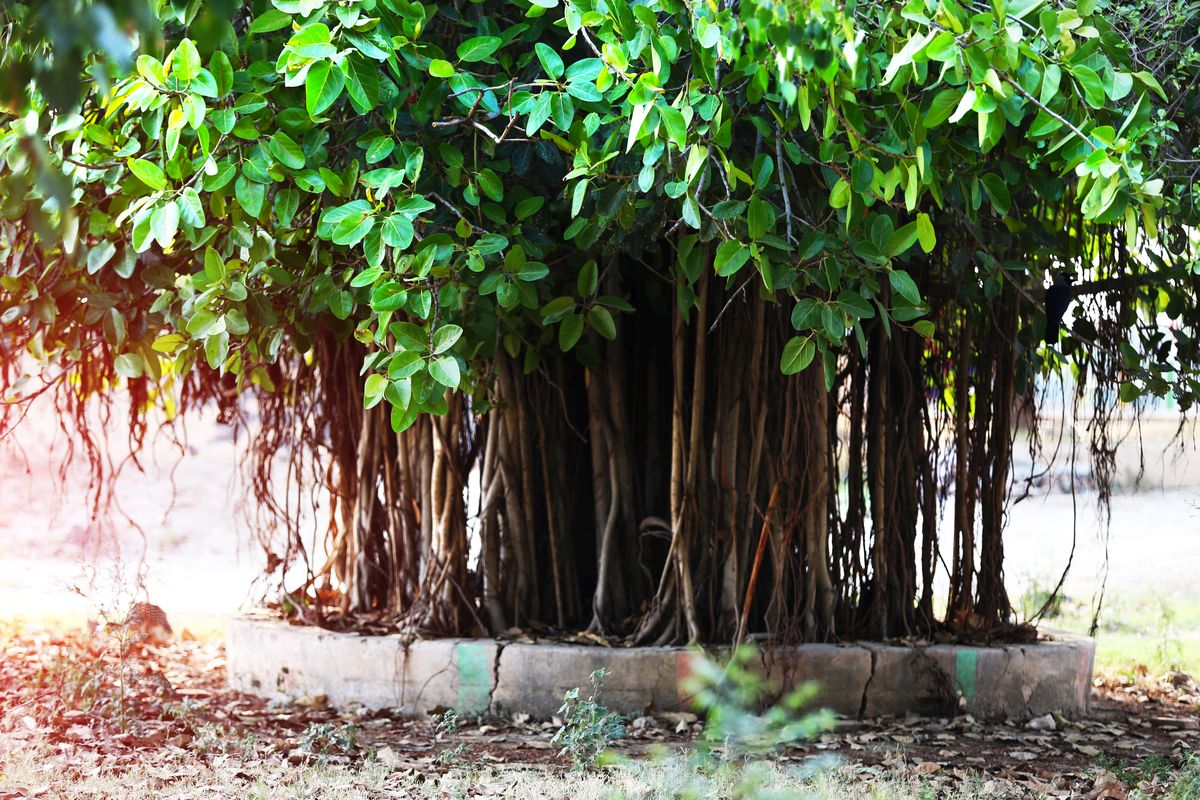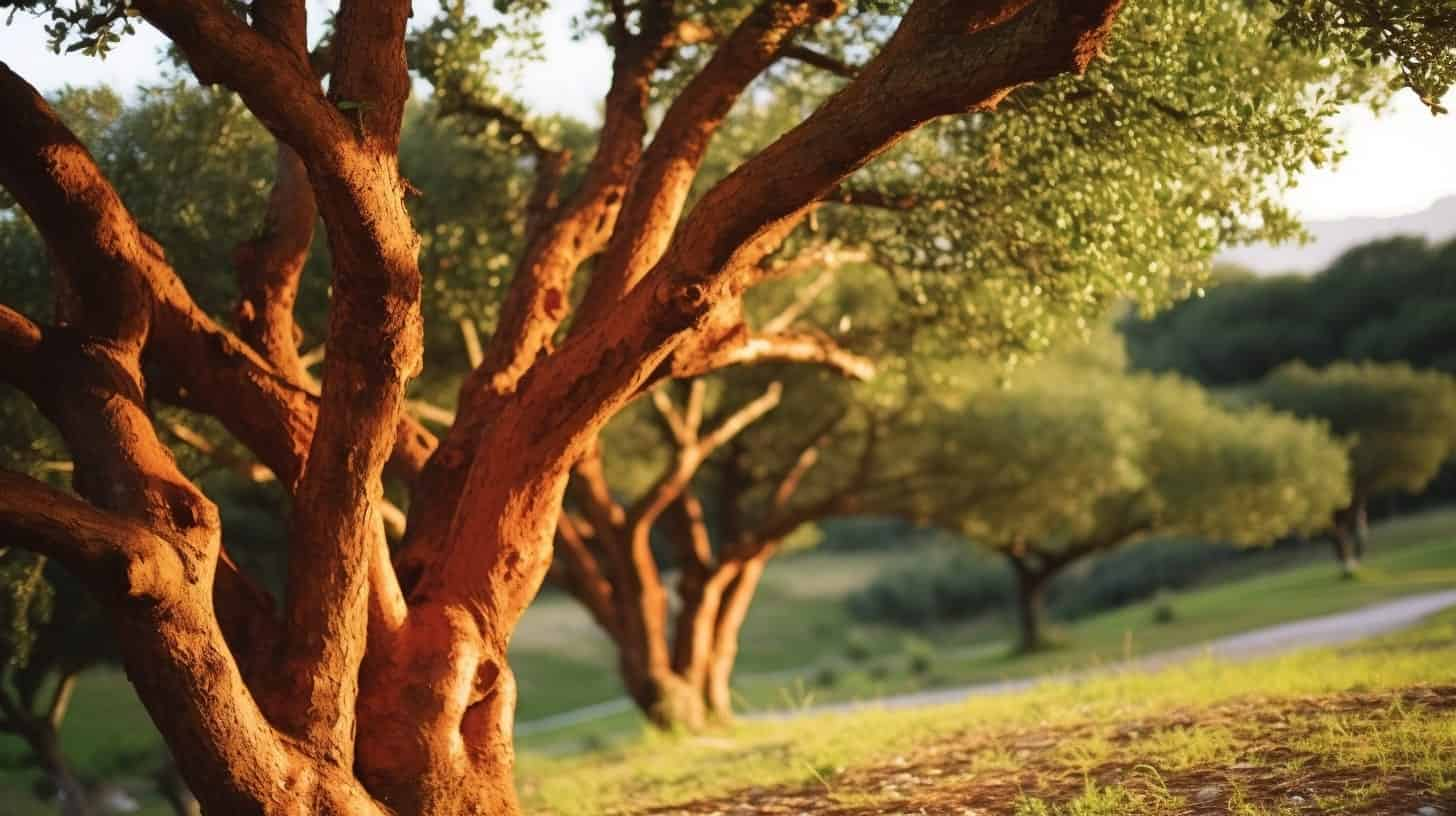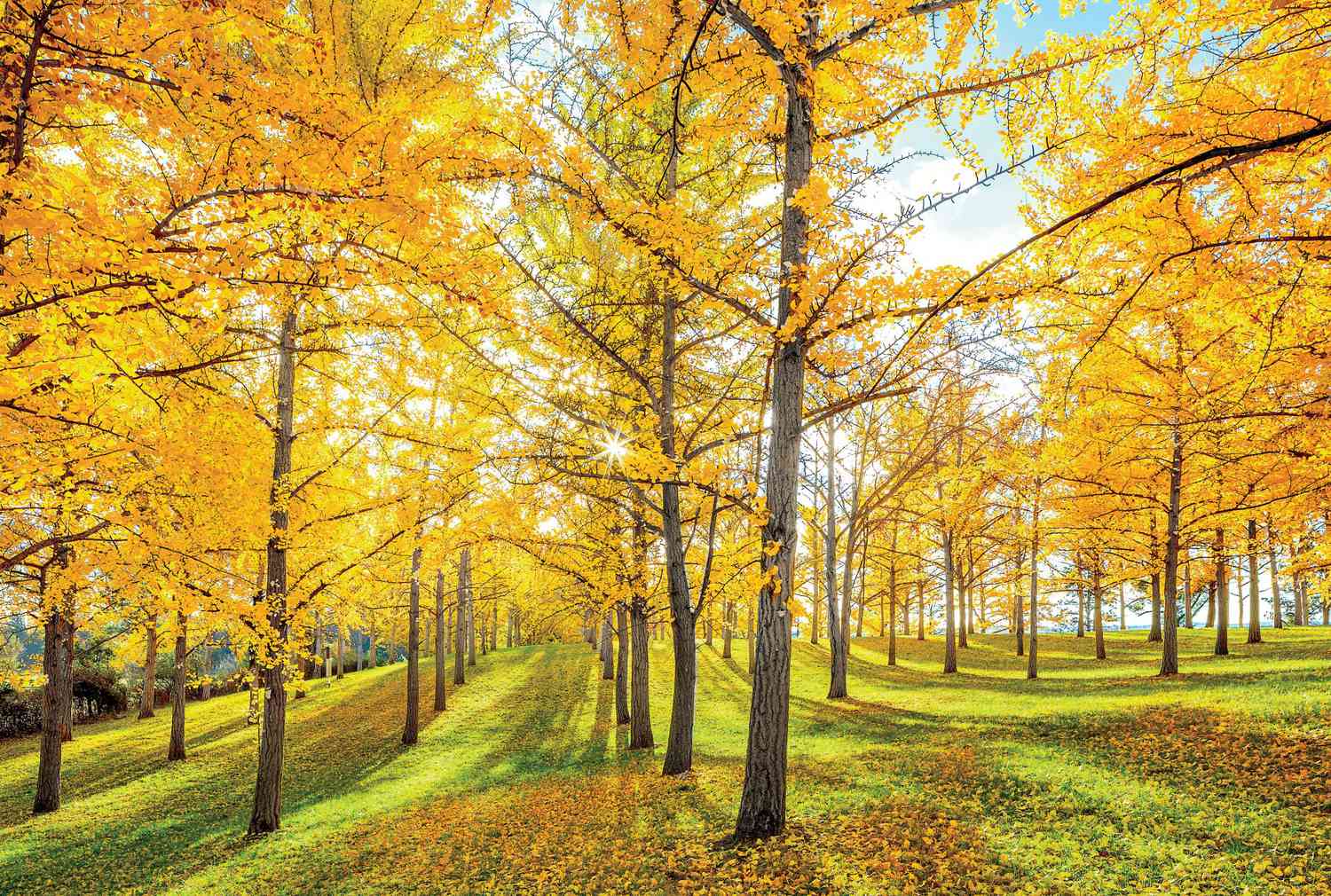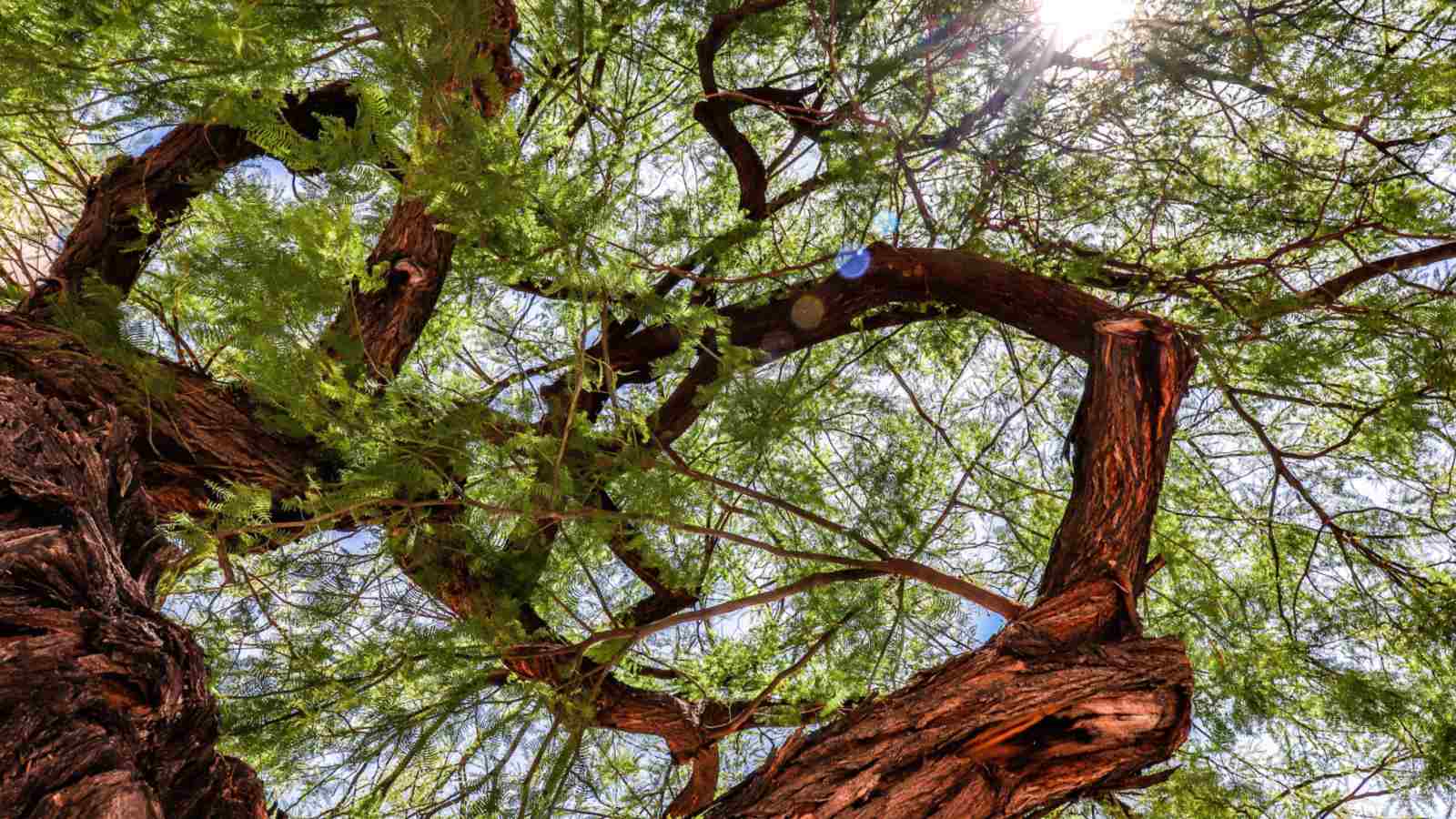Home>Gardening Techniques>Plant Care>Where Do Poplar Trees Grow
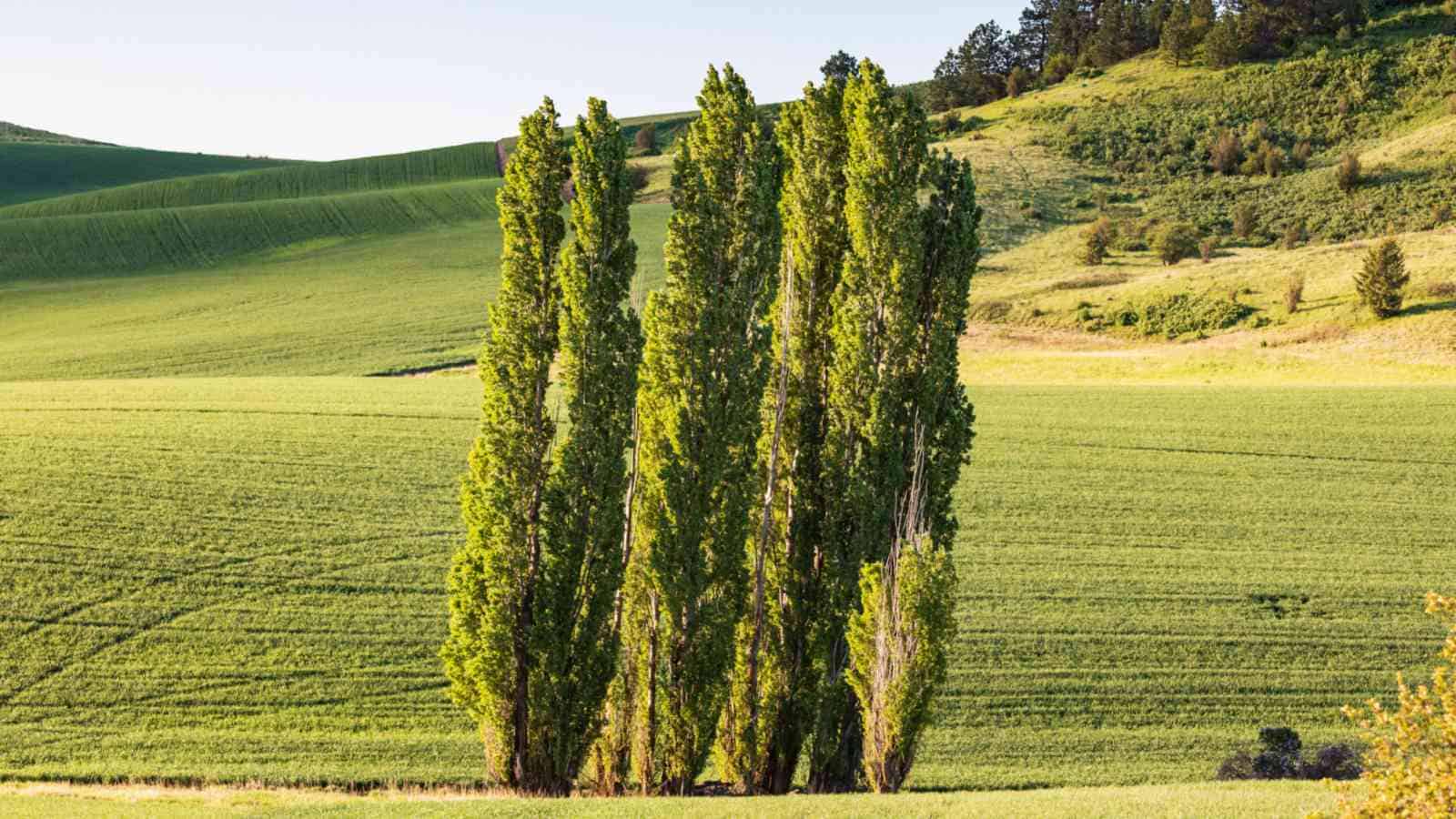

Plant Care
Where Do Poplar Trees Grow
Modified: February 8, 2024
Learn all about the plant care for poplar trees and discover where these trees grow.
(Many of the links in this article redirect to a specific reviewed product. Your purchase of these products through affiliate links helps to generate commission for Chicagolandgardening.com, at no extra cost. Learn more)
Table of Contents
Introduction
Welcome to the world of poplar trees! These magnificent trees are not only a beautiful addition to the landscape but also play a crucial role in the environment. With their fast growth, versatility, and numerous benefits, poplar trees have become a popular choice for homeowners, landscapers, and environmentalists alike.
Poplar trees, scientifically known as the genus Populus, belong to the willow family (Salicaceae). They are deciduous trees, shedding their leaves annually, and are known for their tall stature, reaching heights of up to 100 feet or more. These trees have a unique combination of strength and flexibility, making them excellent candidates for various applications.
From an environmental perspective, poplar trees are highly regarded for their ability to sequester carbon dioxide, mitigate flood risks, and improve air and water quality. Their extensive root systems help stabilize soil, preventing erosion and reducing the risk of landslides. Additionally, they provide crucial habitats for various wildlife species.
Poplar trees have been a part of human history for centuries. They have served as a source of timber, fuel, and various raw materials. Over time, people have also recognized their ornamental value and have incorporated them into parks, gardens, and urban landscapes.
In this article, we will delve into the diverse climate and soil requirements of poplar trees, explore their geographic distribution around the world, highlight their importance, and provide insights into their care and maintenance. So, whether you are a plant enthusiast, a landscaper, or someone interested in environmental conservation, join us on this journey to discover the wonders of poplar trees.
Climate and Soil Requirements
Poplar trees are known for their adaptability and can grow in a wide range of climates. However, they thrive best in temperate regions with moderate rainfall and ample sunlight. They are hardy trees that can withstand various weather conditions, making them suitable for both warm and cold climates.
When it comes to soil preferences, poplar trees prefer well-drained soils that are deep, fertile, and moderately moist. While they can tolerate different soil types, including clay and sandy soils, they perform best in loamy soils that provide good water drainage and nutrient availability.
The pH level of the soil is also crucial for optimal growth. Poplar trees prefer slightly acidic to neutral soil conditions, with a pH range between 6.0 and 7.5. It is important to ensure proper soil testing and amendment if necessary to create the ideal pH environment for these trees.
Another factor to consider is the availability of water. Poplar trees have high water requirements, especially during their initial growth phase. Adequate irrigation is essential, particularly in dry climates or during periods of drought. However, it is important to strike a balance and not overwater the trees, as excessive moisture can lead to root rot and other detrimental conditions.
Overall, the climate and soil requirements of poplar trees make them versatile and adaptable to various regions. Whether you are in a temperate climate with moderate rainfall or in a more arid region, with proper care and attention to the soil and water conditions, poplar trees can thrive and bring beauty to your landscape.
Geographic Distribution
Poplar trees have a wide geographic distribution, spanning across different continents and regions around the world. They can be found in North America, Europe, Asia, and other parts of the globe. Let’s explore their distribution in more detail:
North America:
Poplar trees are native to North America and can be found in various parts of the continent. They are particularly abundant in the United States and Canada, where they grow in forests, wetlands, and along river banks. Some common species include the Eastern Cottonwood (Populus deltoides), Black Poplar (Populus nigra), and the White Poplar (Populus alba).
Europe:
Poplar trees have a significant presence in Europe as well. They are found in countries such as France, Germany, Italy, and the United Kingdom. The European Black Poplar (Populus nigra) is a notable species that is native to this region. Poplar plantations are also established in several European countries for timber production and environmental benefits.
Asia:
Asia is home to a diverse range of poplar tree species. China has the largest area of poplar forests in the world, with species like the Chinese White Poplar (Populus tomentosa) being widely cultivated. Poplar trees are also found in other Asian countries such as India, Japan, and Korea, where they are valued for their timber, ornamental, and environmental purposes.
Other Regions:
In addition to North America, Europe, and Asia, poplar trees can be found in various other regions of the world. They have been introduced to Australia, where they grow in certain parts of the country. Poplar trees have also been cultivated in South America, Africa, and other regions with suitable climates.
The geographic distribution of poplar trees showcases their adaptability and the positive impact they have had on ecosystems and human societies worldwide. Whether in the forests of North America, the plantations of Europe, or the landscapes of Asia, these majestic trees continue to thrive and provide numerous environmental and economic benefits.
North America
Poplar trees have a strong presence in North America, where they are native and widely distributed throughout the continent. From the towering Eastern Cottonwood to the beloved Quaking Aspen, North America is home to various poplar species that play a significant role in the region’s ecosystems and industries.
The Eastern Cottonwood (Populus deltoides) is one of the most prominent poplar species in North America. These large trees can reach heights of up to 100 feet and are characterized by their broad, triangular leaves and deeply furrowed bark. Eastern Cottonwoods are commonly found along riverbanks, floodplains, and wetland areas, as they have a high tolerance for water and are often used in riparian restoration projects.
The Black Poplar (Populus nigra) is another poplar species found in North America, primarily along waterways. These trees have dark, fissured bark and oval-shaped leaves with serrated edges. Black Poplars are valued for their timber and have been historically used for construction, musical instruments, and other woodworking purposes.
The Quaking Aspen (Populus tremuloides) is a unique poplar species known for its distinctive white bark that often forms black scars. Aspens are notable for their ability to reproduce through extensive underground root systems, resulting in large stands of genetically identical trees. They are found across North America, particularly in the western United States and Canada, and are cherished for their stunning golden fall foliage.
Poplar plantations are also established in North America for commercial purposes. These plantations focus on fast-growing hybrids, such as the Hybrid Poplar (Populus deltoides x Populus nigra), which are cultivated for timber production. The quick growth rate and versatility of these hybrids make them an attractive choice for woodworking industries, providing a sustainable alternative to the harvest of natural forests.
Additionally, the ecological significance of poplar trees in North America cannot be overstated. They provide habitat for various wildlife species, including birds, mammals, and insects. Their root systems stabilize soil and prevent erosion, making them key players in maintaining healthy ecosystems and protecting against the negative effects of flooding.
From the lush forests of the Pacific Northwest to the sprawling riverbanks of the Mississippi River, poplar trees in North America contribute to the natural beauty and ecological balance of the continent. Their importance extends beyond aesthetics, as they support a variety of industries and provide vital benefits to both humans and the environment.
Europe
Europe is home to a rich diversity of poplar trees, with various species flourishing across the continent. These majestic trees have played a significant role in European history, culture, and industries, making them an integral part of the landscape.
One prominent poplar species in Europe is the European Black Poplar (Populus nigra). This native species is known for its tall stature and dark, fissured bark. European Black Poplars are found in various regions throughout Europe, including France, Germany, Italy, and the United Kingdom. These trees have been traditionally valued for their timber, which has been used in construction, furniture-making, and other woodworking purposes.
Across Europe, poplar plantations have been established with the aim of sustainable timber production. These plantations often feature hybrid poplar species, created by crossing the European Black Poplar with other poplar species. The resulting hybrids, such as the X-deltaclone and X-euramericana clones, are known for their fast growth and high-quality timber, making them economically valuable for the woodworking industries.
Aside from their commercial importance, poplar trees in Europe also contribute to the aesthetics of the landscape. They are commonly introduced in parks, gardens, and urban areas as ornamental trees. Their vibrant foliage and tall, graceful stature add beauty and charm to cities and towns across the continent.
Moreover, poplar trees in Europe offer environmental benefits. They serve as windbreaks, helping to reduce wind erosion and protect agricultural fields. Their dense foliage also provides shade, creating cooler microclimates in hot summer months. Additionally, poplar trees have the ability to absorb pollutants from the air and act as natural air purifiers. This makes them valuable in reducing air pollution and improving air quality in urban environments.
Throughout Europe, poplar trees have become symbols of resilience, sustainability, and environmental stewardship. They represent the conservation of natural resources and the harmonious coexistence of humans and nature. With their visual appeal, economic benefits, and ecological contributions, poplar trees continue to play a vital role in Europe’s landscapes and cultural heritage.
Asia
Asia is home to a wide range of poplar tree species, making them an integral part of the continent’s landscapes, cultures, and economies. These versatile trees have found their place in Asian societies for centuries, serving various purposes and contributing to the region’s environmental sustainability.
China stands out as a significant hub for poplar tree cultivation, hosting the largest area of poplar forests in the world. The Chinese White Poplar (Populus tomentosa) is a commonly cultivated species in China, known for its silvery-white bark and ovate-shaped leaves. Chinese poplar plantations are established for timber production, providing a sustainable source of wood for construction, furniture-making, and other industries.
Other countries in Asia, such as India, Japan, and Korea, also have their own native poplar species. India, for example, is home to the Himalayan Poplar (Populus ciliata), which grows in the mountainous regions of the country. This species is valued for its timber and is also used in traditional medicine for its medicinal properties.
In Japan, the Japanese White Poplar (Populus alba) is widely grown. This species has distinctive, deeply lobed leaves and smooth, white bark. Japanese poplar trees are often cultivated in parks and gardens for their ornamental value, adding beauty and elegance to the surroundings.
Korea is known for the Korean Aspen (Populus davidiana), a species native to the country. Korean aspens are characterized by their heart-shaped leaves and their role in stabilizing slopes and preventing soil erosion. They are often planted in reforestation projects to rehabilitate degraded areas and protect against land degradation.
Poplar trees in Asia are not only valued for their timber and ornamental purposes but also for their environmental benefits. The extensive root systems of these trees help in stabilizing soil, reducing the risk of landslides, and preventing erosion. They are often planted in riparian zones and along riverbanks to control water flow, mitigate flood risks, and improve water quality.
Furthermore, the fast growth rate of poplar trees makes them highly efficient in absorbing carbon dioxide from the atmosphere, thus contributing to climate change mitigation efforts. Their ability to sequester carbon makes them an essential component of sustainable forestry and afforestation programs across Asia.
Overall, poplar trees have significant cultural, economic, and environmental importance in Asia. They are deeply intertwined with the region’s heritage and play a vital role in sustainable development initiatives. Whether in the forests of China, the gardens of Japan, or the mountains of India, poplar trees continue to shape and enrich the diverse landscapes of Asia.
Other Regions
While poplar trees are most commonly associated with North America, Europe, and Asia, they can also be found in various other regions around the world. These regions may have different climates and conditions, but poplar trees have managed to adapt and thrive in these diverse environments.
One of the regions where poplar trees have been introduced is Australia. Poplar trees can be found in certain parts of the country, particularly in regions with suitable climate and soil conditions. These trees have been planted for their timber value, as well as for their ability to provide shade and beautify the landscape.
South America is another region where poplar trees have been cultivated. Countries like Argentina and Chile have established poplar plantations for timber production. These plantations not only provide a sustainable source of wood but also contribute to the local economy and job creation.
Poplar trees have also been introduced to Africa, particularly in countries like South Africa and Kenya. These trees are valued for their fast growth and environmental benefits. They are often planted in reforestation projects to restore degraded areas, control soil erosion, and improve biodiversity.
In certain regions of the Middle East, poplar trees have been planted as part of agroforestry systems. These trees provide shade and help to reduce evaporation, thus conserving water resources in arid environments.
Furthermore, poplar trees have been introduced to New Zealand, where they are mainly grown for timber and wood-based industries. These trees are well-suited to the climate and soil conditions of the region, and their fast growth makes them a valuable resource for the local timber industry.
Poplar trees have shown their adaptability and usefulness in various regions outside of their native range. They have proved to be beneficial not only for their commercial value but also for their environmental contributions, such as soil erosion control, carbon sequestration, and habitat provision for wildlife.
As the demand for sustainable forestry and environmental conservation continues to grow, poplar trees are likely to be cultivated in even more regions around the world. Their versatility, fast growth, and ecological benefits make them a valuable asset for countries looking to balance economic development with environmental stewardship.
Importance of Poplar Trees
Poplar trees play a significant role in the environment, economy, and human society. Their importance extends far beyond their visual appeal, as they provide numerous benefits that contribute to a sustainable and healthy ecosystem.
Environmental Benefits:
Poplar trees are known for their ability to sequester carbon dioxide from the atmosphere. Their fast growth rate allows them to capture large amounts of carbon, mitigating climate change and reducing greenhouse gas emissions. Additionally, poplar trees contribute to improved air and water quality by absorbing pollutants and filtering out contaminants.
Poplar trees also play a crucial role in soil conservation. Their extensive root systems help stabilize soil, preventing erosion and reducing the risk of landslides. This erosion control is particularly important in riparian zones, where poplar trees can protect waterways from sediment runoff and improve water quality.
Economic Benefits:
The economic importance of poplar trees is significant. Their fast growth and versatile wood properties make them valuable for timber production. Poplar wood is used in various industries, including construction, furniture-making, paper production, and bioenergy. The sustainable cultivation of poplar plantations provides a renewable and environmentally friendly source of wood, reducing the pressure on natural forests.
Ecological Benefits:
Poplar trees provide essential habitats for a wide range of wildlife species. Their dense foliage and unique structures create niches and nesting sites for birds, mammals, and insects. These trees contribute to biodiversity by providing food, shelter, and breeding grounds for various organisms.
Aesthetic Benefits:
Poplar trees enhance the beauty of landscapes, parks, and urban areas. Their tall stature, delicate leaves, and unique bark patterns add visual appeal to surroundings. They can be planted as standalone trees or in groups, creating a striking visual impact and contributing to the aesthetic value of the environment.
Social Benefits:
Poplar trees have cultural and recreational significance. They have been incorporated into parks, gardens, and public spaces, providing shade and creating pleasant areas for relaxation and outdoor activities. Poplar trees also have a historical and symbolic value in many societies, representing resilience, growth, and environmental sustainability.
The importance of poplar trees cannot be overstated. From their environmental contributions in addressing climate change and soil conservation to their economic value in timber production, these trees have a significant impact on our planet and society. By recognizing their multifaceted benefits, we can appreciate and conserve these magnificent trees for future generations.
Conclusion
Poplar trees are remarkable organisms that bring numerous benefits to our environment, economy, and well-being. From their adaptability to different climates and soil conditions to their role in mitigating climate change and improving air and water quality, poplar trees have proven to be invaluable assets in creating sustainable ecosystems.
Throughout North America, Europe, Asia, and other regions of the world, poplar trees have found their place in diverse landscapes. They provide habitat for wildlife, prevent soil erosion, and contribute to the conservation of natural resources. The fast growth and versatile properties of poplar wood make it a crucial resource for various industries, while their aesthetic value enhances the beauty of parks, gardens, and urban areas.
Moreover, the ecological and economic benefits of poplar trees make them an essential component of sustainable forestry practices. Poplar plantations offer a renewable source of timber, reducing the pressure on natural forests and promoting environmental stewardship. Their ability to sequester carbon and filter pollutants makes them valuable in combating climate change and improving air and water quality.
With their rich cultural heritage and significance, poplar trees symbolize resilience, growth, and environmental sustainability. They inspire us to connect with nature, appreciate its beauty, and strive for a harmonious coexistence with our natural surroundings.
As we move forward, it is crucial to recognize the importance of poplar trees and continue to promote their conservation and sustainable management. By valuing and preserving these remarkable trees, we can ensure a greener and more sustainable future for generations to come.
